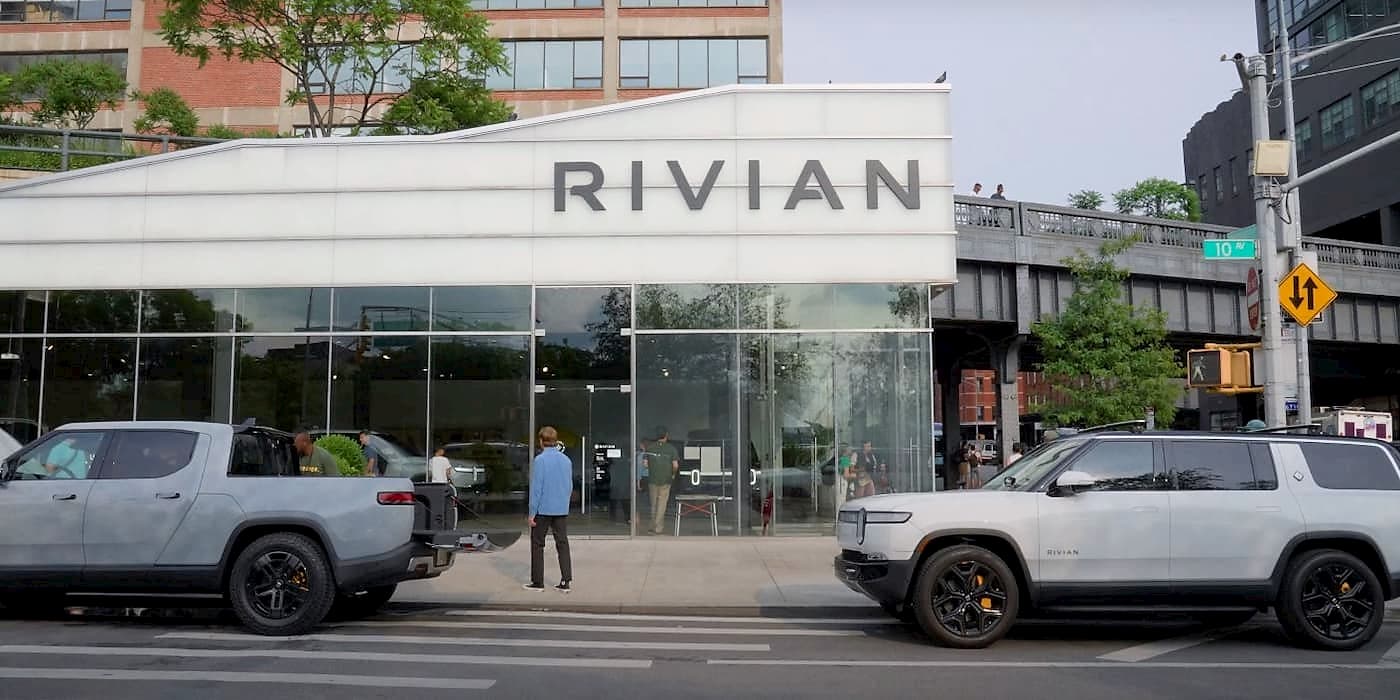
EV maker Rivian is having a big year as production and deliveries gain momentum. However, the company is looking toward the future with its next generation of products. In a recent interview, CEO RJ Scaringe compared buying an ICE vehicle in this day’s age to “building a horse barn in 1910.” He said Rivian’s R2 products would help pull indecisive buyers.
Rivian is on a hot streak lately as the EV maker begins to gain better visibility and control over its supply chain.
The EV startup topped expectations in the second quarter, delivering 12,640 EVs while confirming it’s on track to hit its 50,000 annual production guidance.
Despite a slow start to the year, Rivian warned it would happen as it retooled its electric delivery van (EDV) assembly line to add capacity for its in-house Enduro drive units and LFP batteries.
The first dual-motor R1T models with the Enduro drive units rolled off the assembly line at its Normal, Illinois, plant in May. Rivian says the new addition will help streamline production while lowering costs to assist its ramp-up.
Rivian also unveiled its performance dual-motor version earlier this month, giving customers three R1 powertrain options to choose from.
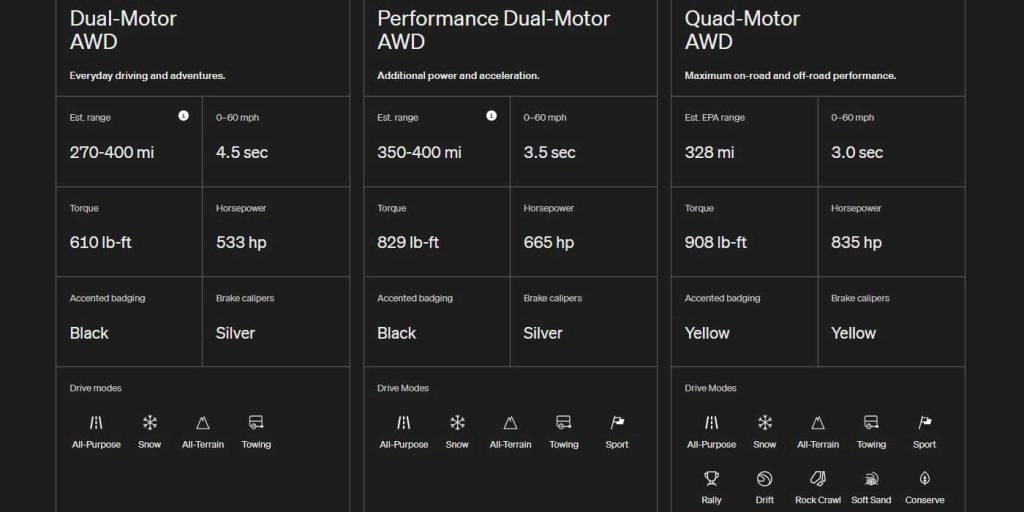
In an interview with Heatmap this week, Scaringe said the objective of its R1 models “was to serve as a handshake to the world.”
He added, “And we did that at a premium price with a flagship set of products, the R1T and R1S” electric models.
However, with a starting price over $70K, the R1 series is out of reach for many customers. A problem Scaringe said will be solved with Rivian’s next-generation R2 products.
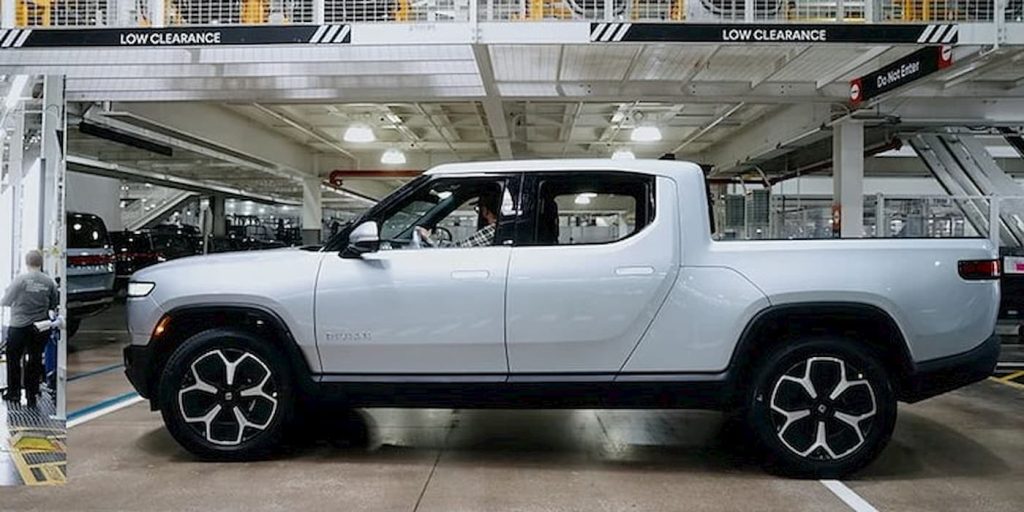
Rivian R2 products will help pull indecisive buyers
Rivian’s CEO and founder says that although the accelerating rate of EV adoption has taken him by surprise, the company is seeing a fundamental shift in consumers’ mindsets.
The performance and drivability of an EV, Scaringe says, makes it “so much more desirable than an alternative.” He added, “Buying a non-EV just feels very old,” not only for the environmental responsibility but also because ICE cars are just plain boring.
With legacy automakers finally leaning into their EV strategies, there’s a fundamental shift underway in the industry.
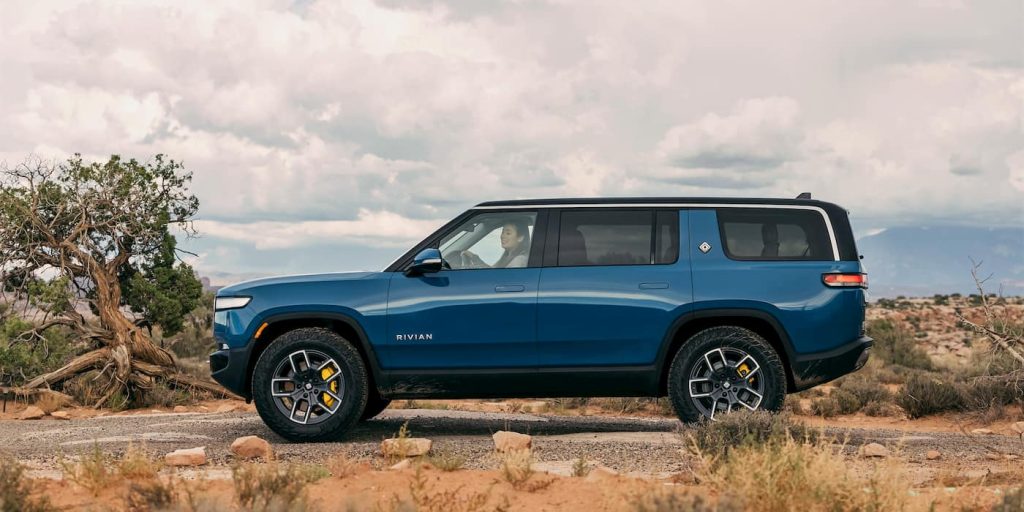
Scaringe said the trend is “one directional,” despite varying policies, because consumers have made the switch. “I don’t think we’re going to see consumers have any reignited interest in combustion-powered vehicles,” he claimed. Although it won’t happen overnight, “the reality is consumers have made it clear that shift is going to come.”
Over the next several years, new EV models are coming out from nearly every automaker that will fit everyone’s taste. In the meantime, charging infrastructure continues rolling out at a record pace, making it easier and more accessible than ever.
As the transition unfolds, buyers won’t want to go back to ICE vehicles. It will be old technology. Scaringe describes it perfectly when he said:
I think the reality of buying a combustion powered vehicle, in light of the policy that’s coming, is sort of like building a horse barn in 1910. Like, imagine buying a Chevy Suburban in 2030. Like, what are you going to do with that, right? In 10 years? Yeah, like gas stations will be slowly disappearing. It’s just weird.
Your vehicle is often your second largest asset, and “you’re buying this thing that absolutely has no future in our society.”
Scaringe says Rivian’s next-generation R2 products will help drive demand and “pull a lot more customers across that jump” with a $40K to $45K starting price.
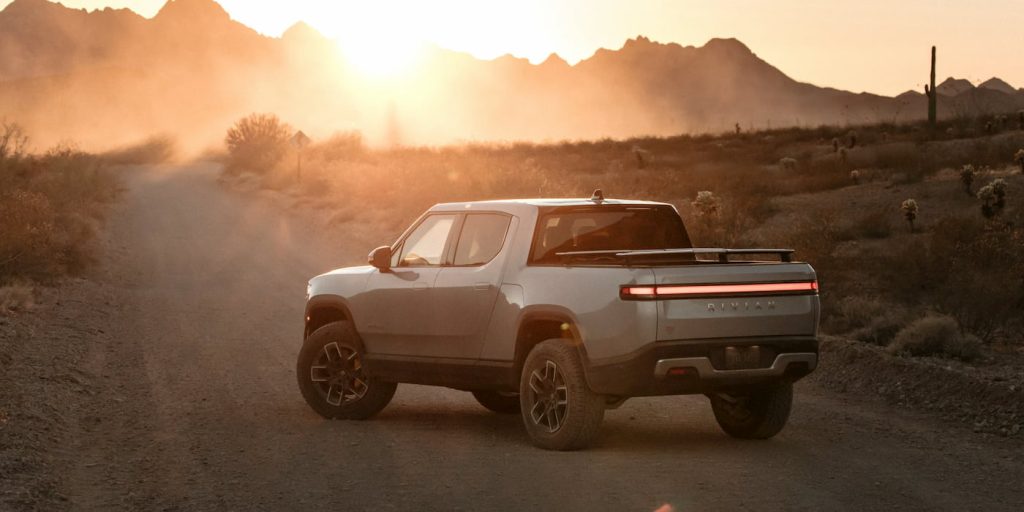
Rivian’s R2 series is due out at the beginning of 2026 and will be produced at its second plant in Atlanta.
Scaringe said R2 will simplify manufacturing with fewer parts while leveraging what it has learned with the R1 ramp. It will be “a very, very different vehicle architecture than what we did in R1.”
The leader said some of the R1 team members who are already moving to or have already moved to R2 are praising the simplicity. For example, he said the team is talking about stuff like, “Hey, that was a real big challenge when we had to attach the C pillar trim on this part because the clips do this, this and this. Let’s rethink that. Heck, let’s get rid of all the clips.”
FTC: We use income earning auto affiliate links. More.




![Watch this autonomous excavator build a 215 foot retaining wall [video]](https://i0.wp.com/electrek.co/wp-content/uploads/sites/3/2024/05/autonomous_excavator.jpg?resize=1200,628&quality=82&strip=all&ssl=1)







